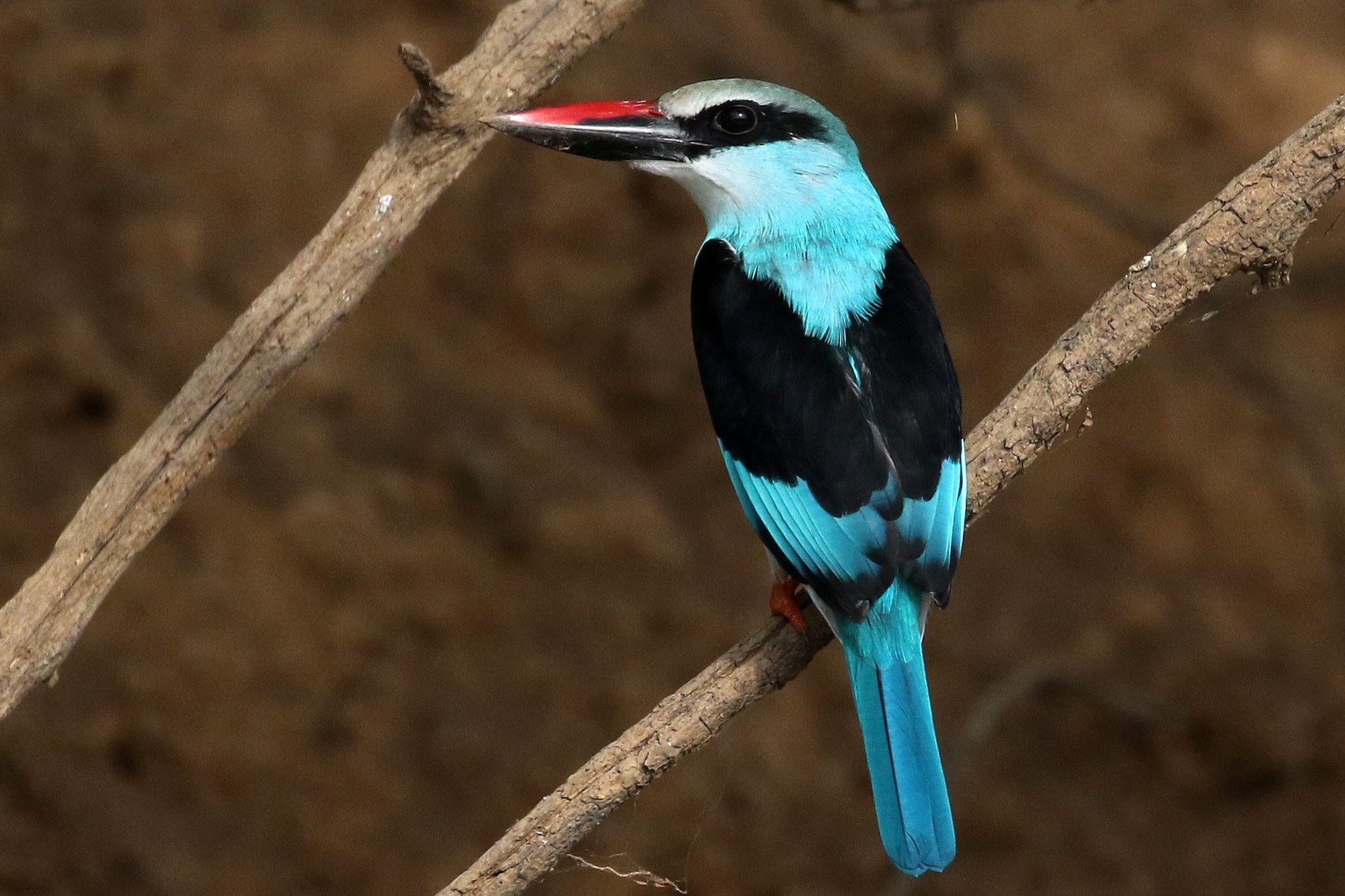The Enigmatic Blue-Breasted Kingfisher: A Gem of Uganda’s Avian Diversity
The Blue-Breasted Kingfisher (Halcyon malimbica). Uganda, often referred to as the “Pearl of Africa,” boasts a rich and diverse ecosystem that encompasses lush rainforests, expansive savannas, and majestic lakes. Within this ecological treasure trove, one can find an array of unique and captivating wildlife. Among these remarkable creatures, the Blue-Breasted Kingfisher (Halcyon malimbica) stands out as a jewel in Uganda’s avian crown.
The Blue-Breasted Kingfisher, distinguished by its stunning azure plumage and strikingly vibrant chest, is a relatively small bird known for its elusive nature. It is found throughout Uganda, primarily inhabiting dense woodlands, wetlands, and riparian habitats. This bird’s presence contributes to the country’s incredible biodiversity, making it a target species for both birdwatchers and conservationists.
Spectacular Plumage:
The Blue-Breasted Kingfisher is a visual delight, adorned with iridescent blue feathers on its back and wings, while its breast is painted in a striking shade of electric blue. These colors contrast beautifully with its white throat and belly.
Elusive Nature – The Blue-Breasted Kingfisher (Halcyon malimbica)
Despite its vibrant appearance, the Blue-Breasted Kingfisher is renowned for its shyness and tendency to stay hidden among dense vegetation. This makes spotting one in the wild a thrilling challenge for bird enthusiasts.
Territorial Calls:
Listen closely, and you may hear the melodious, high-pitched call of the Blue-Breasted Kingfisher echoing through its habitat. These calls are used to establish territory and attract potential mates.
Diet and Behavior – The Blue-Breasted Kingfisher (Halcyon malimbica)
As a kingfisher, this species primarily feeds on aquatic prey, such as fish and aquatic insects. It’s known for its remarkable hunting skills, patiently perching on overhanging branches before diving into the water to snatch its prey with precision.
Conservation Significance:
The Blue-Breasted Kingfisher plays a vital role in the overall health of its ecosystem by controlling insect populations and indicating the environmental quality of its habitat; Unfortunately, like many other bird species, it faces threats from habitat loss and degradation, making its conservation a priority in Uganda.
Efforts to protect the Blue-Breasted Kingfisher and its habitat are essential to ensure the survival of this remarkable species in Uganda; Conservation initiatives, such as the establishment of protected areas and sustainable forestry practices, play a crucial role in safeguarding its future. Additionally, promoting ecotourism and birdwatching can help raise awareness about the importance of preserving these incredible birds and their surroundings.
Remarks – The Blue-Breasted Kingfisher (Halcyon malimbica)
In conclusion, the Blue-Breasted Kingfisher is not only a visually captivating bird but also a vital component of Uganda’s remarkable avian diversity; Its presence in the country’s ecosystems serves as a testament to the unique and fragile balance of nature, underscoring the need for continued conservation efforts to protect this species and its habitat for future generations to admire and cherish.








